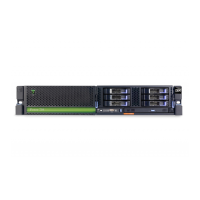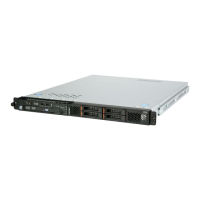iSeries Architecture: Fundamental Strength of the iSeries 13
iSeries Architecture: Fundamental Strength of the iSeries
iSeries Architecture
Technology Independent Machine Interface
The iSeries servers are atypical in that they are defined by software, not by hardware. In
other words, when a program presents instructions to the machine interface for execution, it
“thinks” that the interface is the system hardware. But it is not! The instructions presented to
that interface pass through a layer of microcode before they are “understood” by the hardware
itself.
This comprehensive design insulates application programs and their users from changing
hardware characteristics. When a different hardware technology is deployed, IBM rewrites
sections of the microcode to absorb the fluctuations in hardware characteristics. As a result,
the interface presented
to the customer remains the same
.
This interface is known as the iSeries Layer, or Technology Independent Machine Interface
(TIMI). The microcode layer is known as the System Licensed Internal Code (SLIC).
Many of the frequently-executed routines run in
SLIC. Supervisory resource management functions
in SLIC include validity and authorization checks. On
a customary system, these routines reside in the
operating system. Because SLIC is closer to the
silicon, routines performed there are faster than
routines placed “higher” in the machine.
The brilliance of this design was dramatically
illustrated when the AS/400 system changed its
processor technology from Complex Instruction Set
Computing (CISC) processors to 64-bit Reduced
Instruction Set Computing (RISC) processors in
1995. With any other system, the move from CISC to
RISC would involve recompiling (and possibly some rewriting) of programs. Even then, the
programs would run in 32-bit mode on the newer 64-bit hardware.
This is not so with the iSeries server, because of TIMI. Customers were able to
save
programs off their CISC AS/400 systems, and
restore
them on their RISC AS/400e models.
The programs run as 64-bit programs
. As soon as they made this transition, customers had
64-bit application programs
that ran on a
64-bit operating system,
containing a
64-bit
relational database
that fully exploited the
64-bit RISC hardware
.
TIMI and SLIC take 64-bit RISC processor technology in stride. These same architectural
features will be exploited to fully accommodate post-RISC technologies, which may
incorporate 96-bit or 128-bit processors.
Programs
TIMI
SLIC
64-bit RISC Hardware

